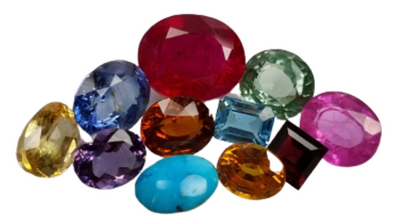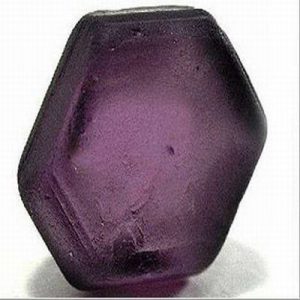Taaffeite: Gemstones Information
Taaffeite is a rare and extraordinary gemstone known for its stunning beauty, rarity, and captivating history. Named after its discoverer, Richard Taaffe, this gemstone belongs to the beryl family and is celebrated for its mesmerizing colors and exceptional brilliance. Here, we delve into the fascinating world of taaffeite, exploring its discovery, characteristics, occurrences, and significance in the gemstone market.
Discovery and History:
Taaffeite was first discovered in 1945 by Richard Taaffe, an Irish gemologist, who found an unusual mauve-colored gemstone in a jeweler’s collection. Initially mistaken for spinel due to its similar appearance, further analysis revealed it to be a distinct mineral species. Taaffeite was officially recognized as a new gemstone variety in 1949, and since then, it has captured the fascination of gem collectors and enthusiasts worldwide.
Characteristics:
Taaffeite is renowned for its remarkable color range, which includes hues such as lavender, lilac, mauve, pink, violet, and occasionally, blue or green. It exhibits strong pleochroism, meaning it displays different colors when viewed from different angles. Taaffeite’s brilliance and clarity enhance its visual appeal, making it highly sought after for jewelry and collector’s pieces. However, due to its rarity, large, high-quality taaffeite specimens are exceptionally rare and command premium prices in the gemstone market.
Occurrences:
Natural taaffeite is exceedingly rare, and significant deposits are limited to a few locations worldwide. The primary sources of taaffeite include Sri Lanka (formerly Ceylon), Myanmar (formerly Burma), and Tanzania. Other minor occurrences have been reported in countries such as Madagascar, China, and the United States. Taaffeite is typically found in association with other gemstones and minerals, including spinel, corundum, and beryl, in gem-bearing gravels, alluvial deposits, and pegmatite veins.
Geological Significance:
The geological formation of taaffeite is still a subject of scientific inquiry, but it is believed to form through the metamorphism of beryllium-rich rocks under high-pressure and temperature conditions. The presence of trace elements such as manganese, iron, and chromium contributes to taaffeite’s distinctive colors. Geological studies of taaffeite occurrences provide valuable insights into the processes of gemstone formation and the geological history of the Earth’s crust.
Significance in the Gemstone Market:
Due to its rarity and exquisite beauty, taaffeite holds significant value in the gemstone market. Collectors and connoisseurs prize taaffeite for its scarcity and unique color characteristics, often considering it a symbol of luxury and sophistication. High-quality taaffeite specimens are highly coveted and can command premium prices, particularly in auctions and exclusive gemstone sales. Taaffeite jewelry, featuring well-cut and polished stones, is also highly desirable among discerning buyers seeking exceptional and unusual gemstones.
Synthetic Taaffeite:
While natural taaffeite remains rare and highly prized, synthetic taaffeite has been produced in laboratories using various methods, including the flux method and the hydrothermal method. Synthetic taaffeite exhibits the same chemical composition and optical properties as its natural counterpart but lacks the rarity and historical significance associated with natural taaffeite. Synthetic taaffeite is primarily used in research, gemological studies, and scientific experiments rather than commercial jewelry production.
Conclusion:
Taaffeite stands as a testament to the Earth’s geological diversity and the wonders of natural gemstone formation. Its rarity, extraordinary beauty, and captivating history have secured its place among the world’s most sought-after gemstones. Whether admired for its mesmerizing colors, geological significance, or collector’s appeal, taaffeite continues to captivate gemstone enthusiasts and inspire awe and admiration for the natural world’s treasures.





